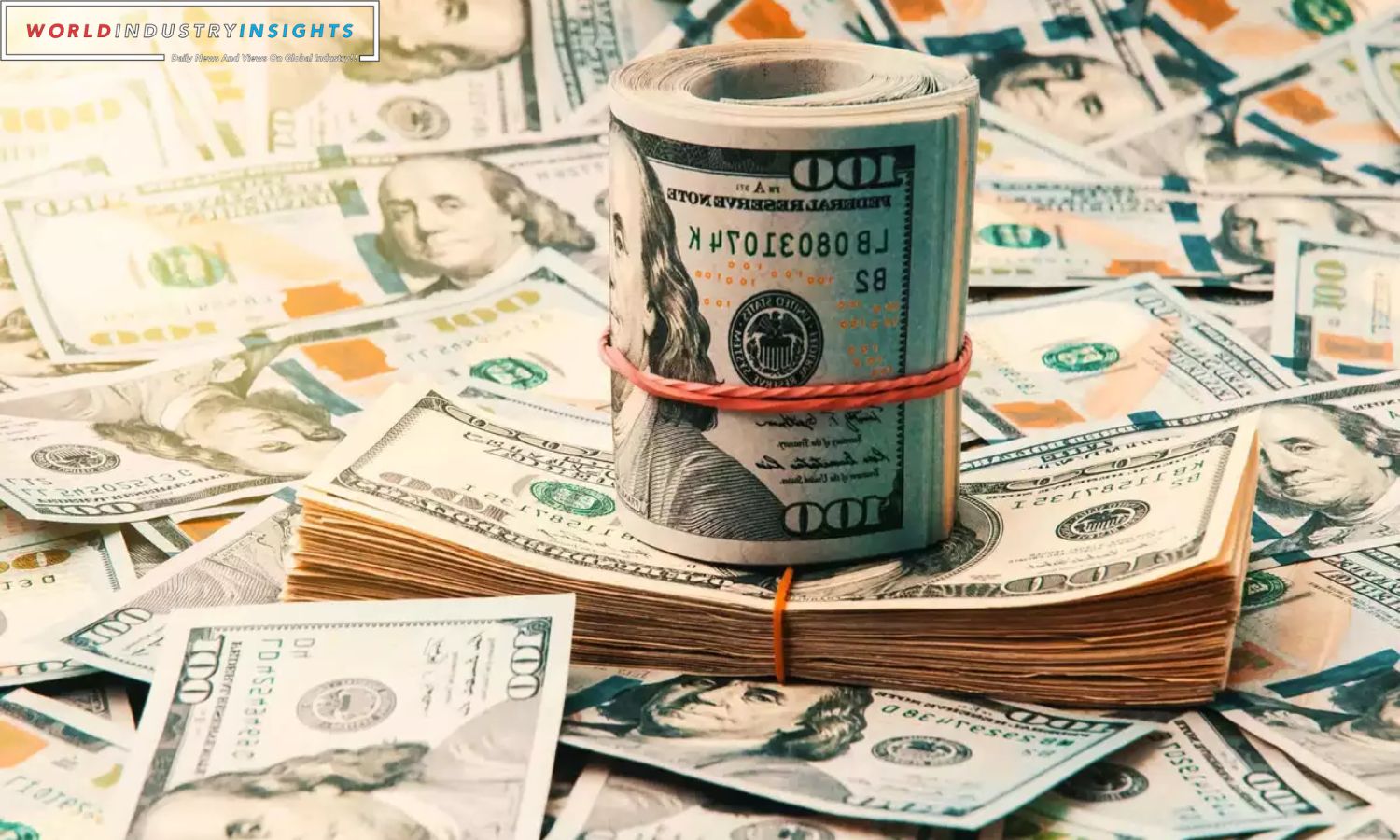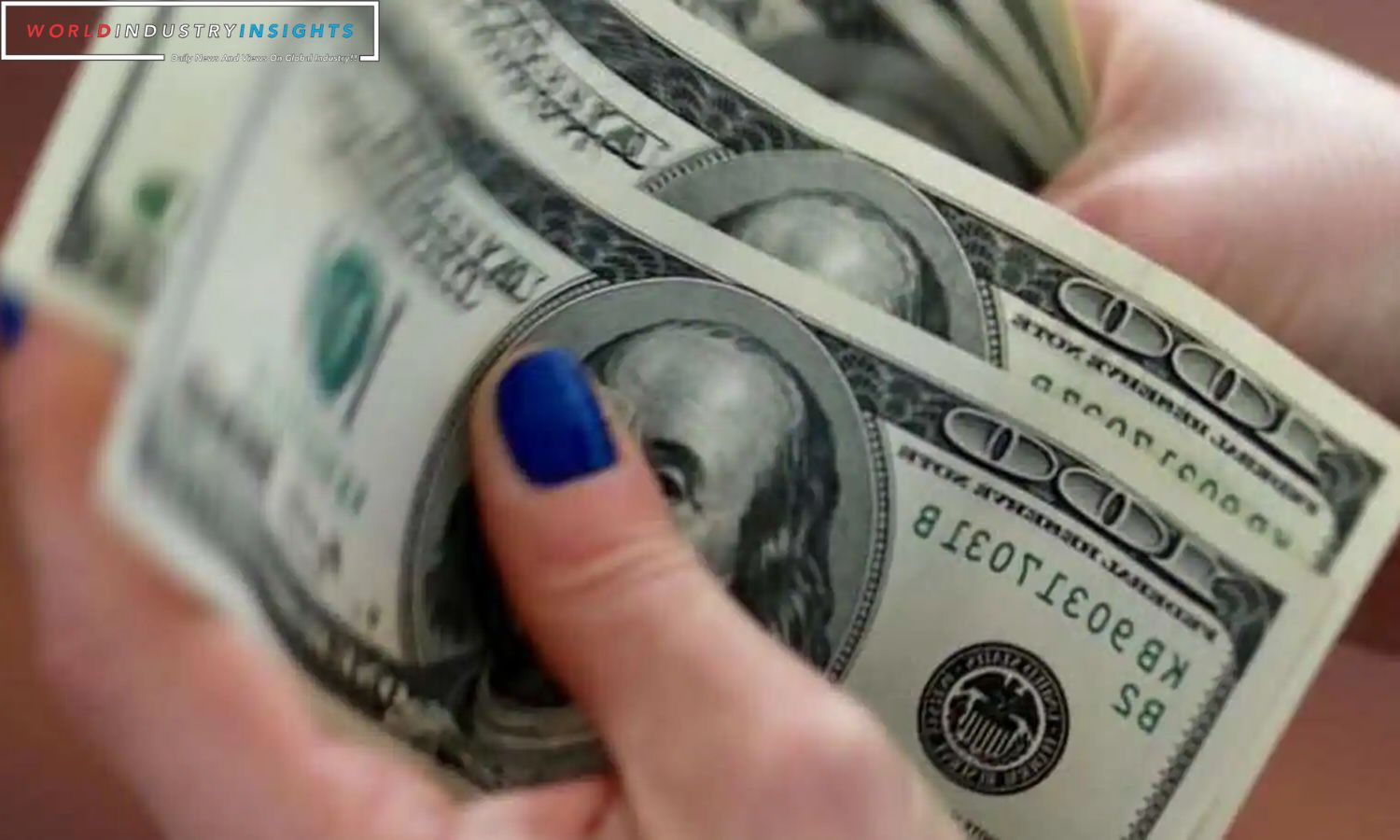Currency And Energy Shifts: The global financial landscape is experiencing a dynamic shift as the dollar asserts its strength, nearing a two-week high, while the euro undergoes a weakening trend against major currencies. The prevailing narrative centers around heightened expectations that the European Central Bank (ECB) may initiate an interest rate cut as early as March, influencing market sentiments and adjusting rate expectations lower.
The euro, a key player in the foreign exchange market, dipped by 0.1% against the dollar, reaching $1.0783, with a recent trough at $1.0775. This decline in the euro’s value is attributed to the recalibration of rate expectations following subdued economic data and dovish commentary from central bank officials. The euro’s struggles extend to various fronts, marking a three-month low against the pound, a five-week low versus the yen, and a 6.5-week low against the Swiss franc.
Niels Christensen, Chief Analyst at Nordea, observes, “The story in currency markets is mostly about a softer euro,” pointing to recent comments from ECB’s Isabel Schnabel supporting the market’s anticipation of early rate cuts.
Isabel Schnabel’s remarks, indicating a potential reevaluation of interest rate hikes given a significant fall in inflation, have spurred market participants to revise their outlook. The current market sentiment suggests an approximately 85% likelihood of the ECB implementing rate cuts at the March meeting, with nearly 150 basis points of cuts priced in by the end of the following year.
Wood Mackenzie, a renowned consultancy, has adjusted its forecast for global wind power capacity, trimming it by 29 gigawatts (GW) by the end of 2032. The revision is attributed to challenges faced by the U.S. offshore wind industry and delays in project approval and execution in China. Orsted, a major offshore windfarm developer, along with energy giants BP and Equinor, has reported substantial impairments on their U.S. offshore wind power portfolios, contributing to the overall downgrade in global wind power capacity.
Also Read: Fed Whispers Shake Markets: Dollars Slide Signals Shift in Rate Winds
The United States, a key player in the global wind energy landscape, faces setbacks as Orsted cancels its Ocean Wind project in New Jersey, pushing several gigawatts of U.S. offshore projects beyond 2032. Despite these hurdles, the U.S. is expected to achieve approximately half of its goal to install 30 GW of offshore wind by 2030.
Wood Mackenzie identifies near-term challenges in the Chinese project market, leading to a 12 GW reduction in the global wind capacity forecast. Tightened permit requirements and project cancellations have influenced this adjustment. However, the outlook for China’s onshore wind from 2026 to 2032 remains unchanged, indicating resilience in the face of short-term challenges. As the global financial landscape undergoes these shifts, investors are closely monitoring central bank decisions, geopolitical developments, and economic indicators for potential impact on currency markets and renewable energy sectors.
In Asia, all eyes are on China following Moody’s downgrade of the country’s credit outlook, influencing the offshore Chinese yuan. The currency rose 0.11% to $7.1661 per dollar, a day after Moody’s decision. Major state-owned banks in China are actively selling U.S. dollars in response to the downgrade, contributing to the offshore yuan’s movements. The broader Asian market witnesses varied currency movements. The Japanese yen remains stable at 147.14 per dollar, while the Australian dollar and the New Zealand dollar experience gains against the greenback.
In the cryptocurrency arena, bitcoin exhibits a slight retracement, easing by 0.5% to $43,868. Bitcoin’s volatility continues as it recently surged above $44,000, driven partly by optimism surrounding potential approval of exchange-traded spot bitcoin funds (ETFs). As the financial landscape evolves, the interplay of central bank decisions, economic data, and geopolitical events will continue to shape currency markets and impact various sectors, prompting investors to navigate these dynamic shifts with vigilance.
Our Reader’s Queries
What does your energy is your currency mean?
The key to living a fulfilling life lies in where you choose to direct your energy. Your energy is a valuable and irreplaceable resource, while your time is the investment you make. It’s crucial to be mindful of where you’re putting your energy and ensure that it’s being used in a way that brings you joy and satisfaction. Remember, your energy is a currency that cannot be refunded, so invest it wisely.
How can I change my energy around money?
To achieve financial success, it’s important to shift your perspective on money. Rather than viewing it as just a paycheck, consider it as the energy involved in earning and using it. By tapping into money’s spiritual energy, you can increase your financial abundance. It’s all about changing the way you think about money and harnessing its power.
What is the spiritual relationship with money?
Viewing money as a spiritual energy allows us to see it as a powerful tool for growth and transformation. By aligning our financial choices with our values and aspirations, we can invest in our personal development, support meaningful causes, and make a positive impact on society. Money becomes a means to achieve our goals and create a better world.
What are the energetics of money?
Money is more than just a physical currency. It represents the intangible qualities that tie into your own perception of self-worth. The amount of money you earn is a reflection of the beliefs you hold about yourself, buried deep within your psyche.


